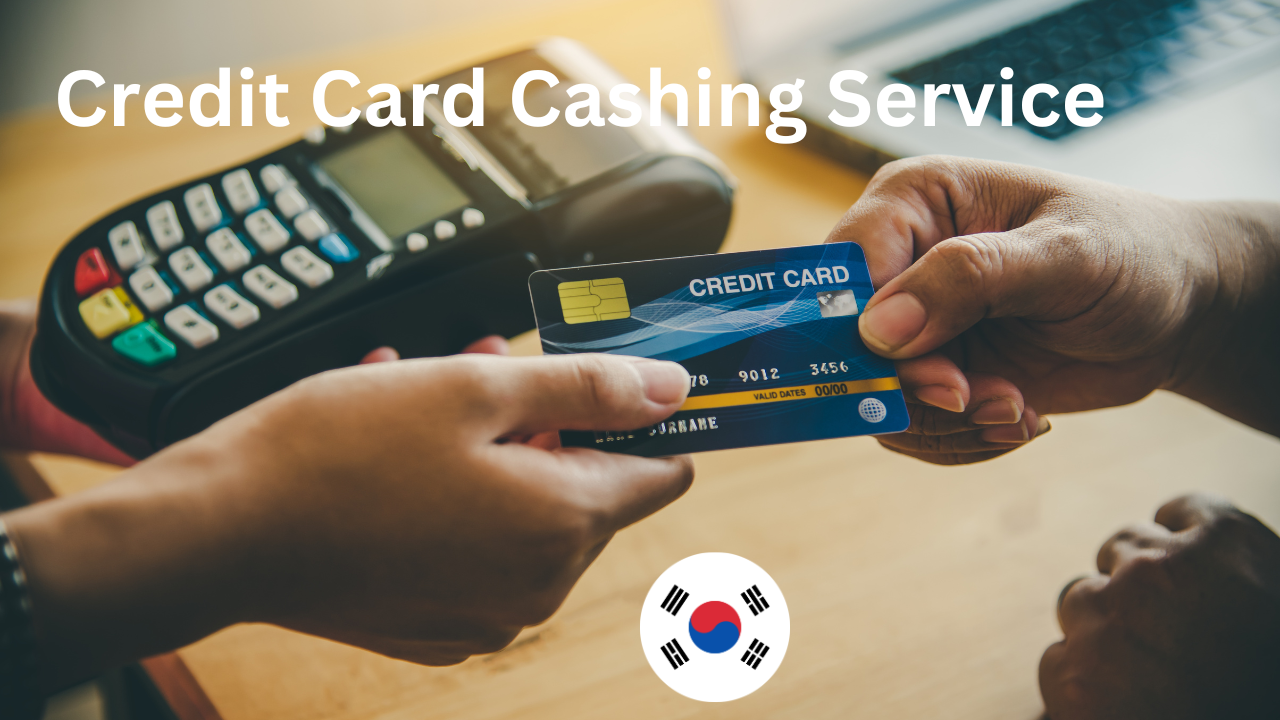How to Start Dropshipping for Free
In the realm of e-commerce, dropshipping stands out as a lucrative business model with a low barrier to entry. Entrepreneurs can embark on this journey without the need for substantial upfront investment in inventory or storage space. However, while the prospect of How to Start Dropshipping for Free may sound enticing, it requires meticulous planning, strategic execution, and a deep understanding of the market dynamics. In this comprehensive guide, we will delve into the essential steps to kickstart your dropshipping venture without breaking the bank.
Step 1: Strategic Niche Selection and Validation:
Before diving into the world of dropshipping, it’s crucial to identify a profitable niche. Your niche should be a balance between your interests and market demand. Conduct thorough research using tools like Google Trends, Keyword Planner, and social media analytics to validate the demand for your chosen niche. By selecting a niche with high demand and low competition, you can position yourself for success in the competitive dropshipping landscape.
Step 2: Building Reliable Supplier Networks:
The success of your dropshipping business hinges on the reliability of your suppliers. Look for suppliers who offer competitive pricing, fast shipping, and high-quality products. Establishing strong relationships with multiple suppliers ensures that you have backup options in case of any issues. Utilize supplier directories, trade shows, and online marketplaces to discover potential partners for your dropshipping business.
Step 3: Creating an Engaging Online Shopping Experience:
Your online store serves as the storefront for your dropshipping business. Invest time and effort into creating a visually appealing and user-friendly website. Optimize product descriptions, images, and videos to entice customers and encourage conversions. Implement features such as live chat support, product reviews, and personalized recommendations to enhance the shopping experience for your visitors.
Step 4: Compliance and Legal Considerations:
Operating a dropshipping business requires adherence to various legal and regulatory requirements. Register your business, obtain necessary permits and licenses, and comply with tax regulations in your jurisdiction. Ensure that your website is compliant with data privacy laws such as GDPR and CCPA to protect your customers’ sensitive information. By operating ethically and legally, you can build trust and credibility with your audience.
Step 5: Integrated Marketing and Brand Development
Effective marketing is essential for attracting customers to your dropshipping store. Develop a comprehensive marketing strategy that encompasses social media marketing, content marketing, email marketing, and search engine optimization (SEO). Create compelling content that resonates with your target audience and showcases the unique value proposition of your brand. Consistent branding across all channels helps to establish brand recognition and loyalty among your customers.
Step 6: Financial Planning and Scalability:
While dropshipping eliminates the need for upfront investment in inventory, it’s essential to manage your finances wisely. Create a detailed budget that accounts for expenses such as marketing, website maintenance, and customer acquisition. Monitor your cash flow closely and reinvest profits into growing your business. Explore opportunities for scaling your operations, such as expanding into new markets or adding complementary product lines, to maximize your revenue potential.
Step 7: Prioritize Customer Experience:
Delivering exceptional customer service is key to building a loyal customer base in the dropshipping industry. Respond promptly to customer inquiries and resolve any issues or concerns promptly. Offer flexible return and refund policies to instil confidence in your customers’ purchasing decisions. Implement a robust customer relationship management (CRM) system to personalize communication and provide tailored recommendations based on customer preferences.
Step 8: Utilize Technology for Competitive Edge:
Embrace technology to streamline your dropshipping operations and gain a competitive edge in the market. Leverage automation tools for order processing, inventory management, and customer support to improve efficiency and productivity. Implement analytics tools to track key performance metrics and identify areas for optimization. Stay abreast of technological advancements in e-commerce, such as artificial intelligence and augmented reality, to enhance the shopping experience for your customers.
Step 9: Commit to Continuous Improvement and Innovation:
The e-commerce landscape is constantly evolving, and successful drop shippers must adapt to stay ahead of the curve. Continuously monitor market trends, customer preferences, and competitor strategies to identify opportunities for improvement and innovation. Experiment with new marketing tactics, product offerings, and business processes to stay relevant and competitive in the dynamic dropshipping industry.
Conclusion: How to Start Dropshipping for Free
How to Start Dropshipping for Free is an achievable goal with the right strategy and execution. By following the steps outlined in this guide and staying committed to continuous improvement and innovation, you can build a successful and profitable dropshipping venture. Remember to focus on providing value to your customers, fostering strong supplier relationships, and staying compliant with legal and regulatory requirements to set yourself up for long-term success in the competitive world of dropshipping.














